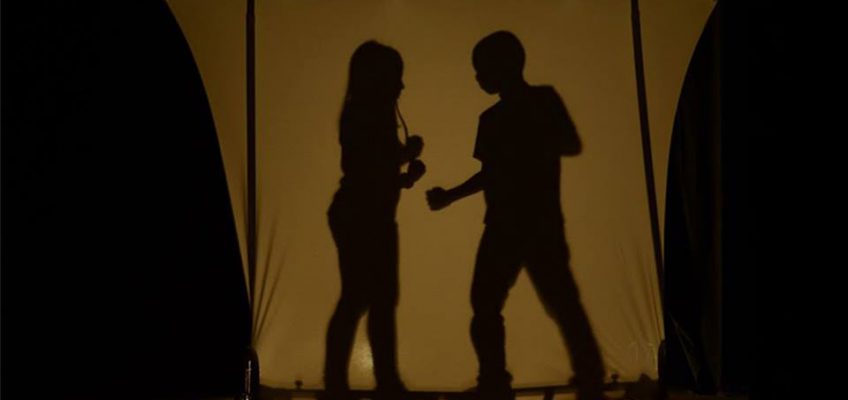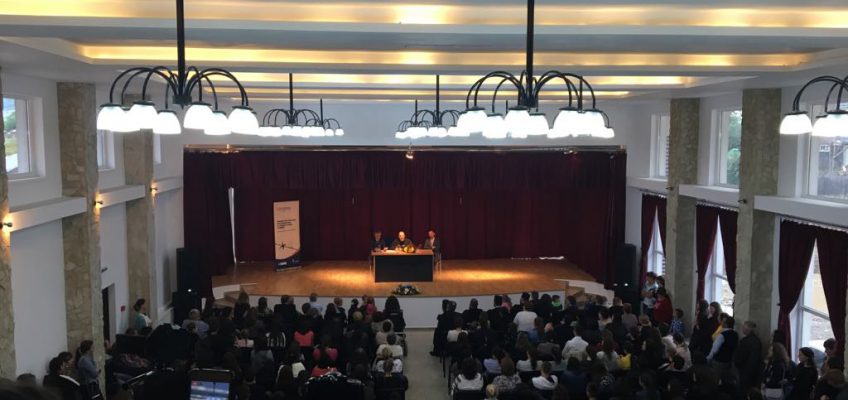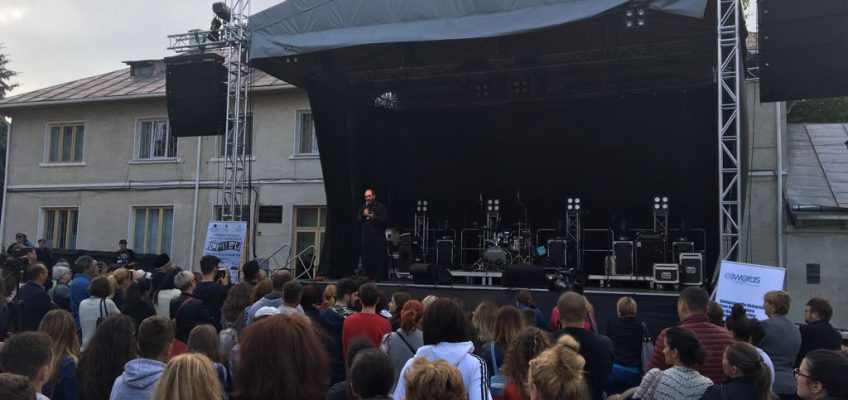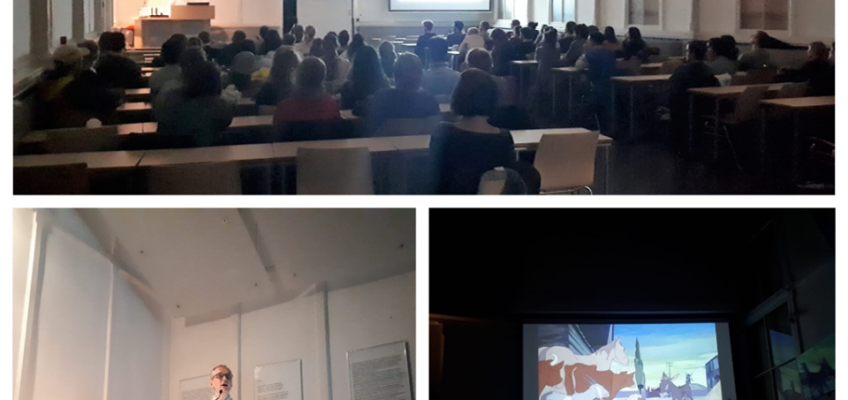Resistance
Among the keywords of the project, we insist on the realism of each of them.
The phenomenon of ostracization, for example, has known a wide historical record on its own. From social exclusions to programmed murders – one example is the case of the Romanian ruler of Wallachia, Constantin Brâncoveanu1, who was murdered together with his four sons in Istanbul, under the compliant look of the Western and the Russian embassies – the meaning of the keywords has so much expended that, over time, entire communities have been ostracized and deleted from history.
Ostracization, for example, was the main manner to install the Romanian governing in areas with minorities such as Turks and Tartars in Dobrogea (1921); in Transylvania (1918) it was the main way to ignore the rights of Hungarian and German nations (Catholics or Lutherans) as well as the Jews’ and Armenians’ nations (because of their own religion). The history has proven that Romania was able to build a free ostracizations political system2 for minorities, becoming in this way a model of good democracy for a long time. That explains why Romania was asked to become a founding member of the Societies United Nations, during the presidency of Nicolae Titulescu3.
1948 represents, however, a turning point. The arrival of the Soviet troupes, the arrest and murder of the country’s leaders during the Second World War, the isolation and then the expulsion of King Mihai the I from the country, have brought to power a new government that implemented major social abuses and ostracized the population: the communist regime (1948-1989). We have now sufficient information regarding the ostracization process of the social classes, persons or institutions (the case of Greek-Catholic Church, United with Rome, which was abrogated). We have bad memories regarding the ostracizing experiments of the ethnical groups (German ethnic group4), social groups (the group of former entrepreneurs, the group of former active politicians, of teachers / intellectuals politically unaligned or group of students5).
A special case of ostracization was the attack towards the peasantry – the agrarian reform consisting in the nationalization of the lands owned by the peasantry – finalized in a wide range of trials and crimes against human dignity, personal and social freedom6.
We bring into discussions 150,000 trials in which decisions of heavy prison sentences where given and when hundreds of thousands of imprisonments or deportations were decided without any legal grounds. Between 1954 and 1968, the terror of political injustice reached the maximum rates of ostracization, when institutions and communities were purged, and an informative system regarding the control of population was built7. For a better understanding of the phenomena, the political arrest of one component of a family member also meant the condemnation of all other members of the family; deaths because of starvation were registered and any opportunity to accede to education or get a job was annihilated; the possibilities of survival were reduced to a minimum as social tension increased (due to the repeated arrests, false trials and forced home convictions8).
In spite of the apparent ostracization’s diminished power, that was actually still present in the social life of Romania until 1989. A very special case was the ostracization of the Romanian militaries and officers who were sent to communist sites to work and where thousands of them lost their lives. During this ostracization phenomena, Romania lost 70% of intellectuals, most of them dying and the others being subjugated to social pressure that sometimes has changed for good the ideological culture construction of the persons involved.
To the opposite side of the oppression phenomenon we have resistance.
During the communism, Romania had the anti-communist resistance put in place by the army and other forms of resistance9. The group of partisans from Banat represented the longest period of military resistance against the communist regime10, being arrested only in 1968. Another form of resistance was the Church (Orthodox, Catholic, Greek-Catholic or Lutheran) and religious groups, resulting in numerous arrests or sentences to a life-long labor for their members11. Security had different methods of killing the opponents of the regime – from starvation and over-norm working hours, to psychological destabilization by using various methods of torture – which have become famous.
The most critical case of social psychological pressure was registered among students. They have suffered from different methods of defamation and beating strikes applied by the communists without any equivalent in the modern communist culture. These methods were so called „Piteşti Phenomenon”12 – named after the prison where these barbaric methods took place. The resistance was felt after 1969 as well – considered as a major turning point in the behavior of the Romanian communists – through an intense activity of cultural resistance and of politically culture ahead of a huge informational activity carried out by the State’s Security, the most feared institution of Romanian communism. We registered cases of communist politicians criticizing the system – Constantin Pârvulescu, movements of workers (Braşov, 1987), movements of some writers (Goma Group) or escapes from the system (General Pacepa’s case13), which brought in front of the European and World Society the sign of resisting the system. The Romanian diaspora groups – who were listening to Radio Europa Liberă as “their voice”14 – also supported the lobby of resistance against the system, which continued to corrupt the liberty and ostracize the population.
The period after 1989 meant a real process of social healing, partly solved by the „power of time”. 25 years after the falling of the Communism, Romanians had the first serious trials of the former camps’ and prisons’ commanders (for example, the case of Vişinescu). Excepting the Church, no other Romanian institution asked for public forgiveness for the atrocities they had caused. None of the judges or officers with barbarian behavior during the Communism was ever condemned or investigated for abuses, with one only exception, the Ursu case, which was characterized by an endless investigation. Many of the activists of the former Communist party and of the Security, from which the active cadres of Security or former cultural Communist people came from, had a period of 3-4 years of no pressure while waiting for a public reaction and then normally restarting their social and political life. Between 1990-1994, we may say that they were “touched” by ostracization for their affiliation to the communist political system, but in a softer way compared to any other phenomenon that took place during the communist period.
The current resistance shows a clarification of the historical memory of that period, by finding the reference points which can heal the society from an education which was for sure vindictive, in order to avoid the lack of punishment of people involved in ostracizing the others. The current resistance consists in identifying the mechanism that led to the installation and maintenance of a “human face” dictatorship but with social ostracizing behavior. The restoration of a climate of social trust only comes from the effort of identifying guilt, not of the guiltiest, which should be found in the efforts of all members of society, politicians and citizens alike.
1 P. Guran (ed.), Constantin Brâncoveanu et le monde de l’Orthodoxie, București, Editura Academiei Române, 2015.
2 See Pr. Prof. Dr. N. Runcan, „Dobrogea, a Model of Inter-Ethnial and Inter-Religious Companionship into a United Europe” (pp. 197-217) and the entire chapter „Healing of Memories in Transboundary Views of Dobrogea: Bulgaria-Romania” (pp. 197-425) in the volume Telling Stories of Hope – Reconciliation in South East Europe Compared to World-Wide Experiences (V. Grăjdian, O. Lukács, eds.), Presa Universitară Clujeană / Evangelische Verlagsanstalt GmbH Leizig, 2010.
3 B. Gheorghe (coord), Titulescu și strategia păcii, Editura Junimea, Iași, 1982.
4 P. Philippi, „800 de ani din istoria sașilor din Transilvania” in the volume Scurtă istorie a Bisericilor și comunităților religioase din Transilvania (D. Brandes, V. Grăjdian, O. Lukács, eds.), Presa Universitară Clujeană, 2008, pp. 100-101 as well as Laura Gheorghiu, Comunitatea dispărută: Germanii din România în perioada 1945-1967, Tritonic, 2015.
5 Dorina Potârcă, French teacher, the second wife of Virgil Potârcă, who was Minister for Justice, then of Agriculture, Public Works and Communications, remembers the years of ordeal in the volume Amintirile unui “element dubios”, Fundația Academia Civică, 2011. She presents names lists of both former statesmen and their wives and children who were imprisoned or had excluded from schools or universities.
6 R. Conquest, The Harvest of Sorrow: Social Collectivization and the Terror Famine, translated into Romanian and published (Humanitas Publishing House, 2003). In Romanian the collectivization followed almost the same pattern.
7 C. Pâiuşan, R. Ciuceanu (eds.), Biserica Ortodoxă Română sub regimul comunist (1945-1958), vol. I, București, Institutul Național pentru Studiul Totalitarismului, 2001. The book presents a collection of documents about both simple priests and hierarchy of the Church watched by State’s Security.
8 See a statistic of the imprisoned people between 1955 and 1964 in the vol. F. Constantiniu, O istorie sinceră a poporului român, 4th edition, București, Univers Enciclopedic, Gold, 2011, p. 489.
9 C. MareŞ, C. Vasilescu (eds.), Nesupunere și contestare în România comunistă, Anuarul Institutului de Investigare a Crimelor Comunismului și Memoria Exilului Românesc, vol. X, 2015.
10 Ibidem, pp. 470-472. See also V. Motrescu, M. Dobre, Junalul din rezistența anticomunistă, București, Nemira & Co, 2006 with an introductive study, pp. 9-20.
11 Pr. Iosif Diac, OFMConv (eds.), Franciscani în zeghe, Roman, Editura Serafica, 2015.
12 V. Ierunca, Fenomenul Pitești, Humanitas, preface François Furet, București, Humanitas, 2013.
13 L. Hossu Longhin, Față în față cu generalul Ion Mihai Pacepa, București, Humanitas, 2009.
14 R.H. Cummings, Securitatea contra Radio Europa Liberă, trad. Traian Bratu, ADEVĂRUL HOLDING, 2011.









